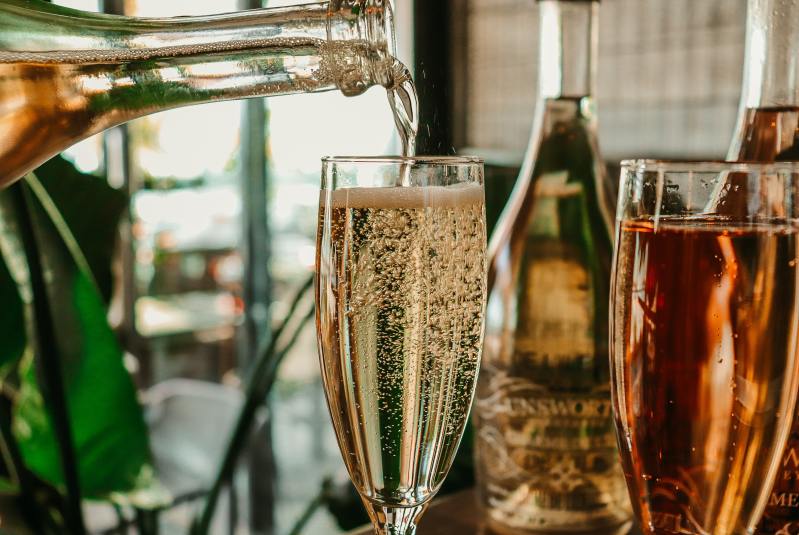When it comes to sparkling wine, most of us know about Champagne from France or Prosecco from Italy. Fans of the style even know about Cava from Spain and Sekt from Germany. But what of Cap Classique, South Africa’s answer to the fizzy wine equation?
If you didn’t know, you’re living in a golden era of sparkling wine. The style, once reserved for select pockets of the wine map, has spread itself all over, taking on different styles and flavors en route. The U.S. is turning out some of the most exciting fizzy wines in the world right now, especially in cooler climate areas like the Pacific Northwest. But alas, back to the subject at hand.

The first Cap Classique was introduced back in the early 1970s. Essentially, it’s a sparkling wine made in the traditional style, much like Champagne, but originating in South Africa. That initial offering was made with Chenin Blanc and today, roughly a half-century later, we’re seeing more and more quality options of this style.
How it’s made
Some 250 producers in South Africa make this kind of sparkling wine. The standards are much the same as they are for Méthode Champenoise in France. Wine, of course, is pretty proprietary, and the term Champagne can only be used (technically, at least) when considering a product from the Champagne region. So, Cap Classique is South Africa’s version, made with cool-climate varietals like Pinot Noir, Pinot Meunier, and Chardonnay (again, like Champagne).
In short, this method involves a second fermentation in the bottle, which produces CO2 (the carbonation). They’re then aged on the lees for at least 12 months (often longer), to pick up texture and added flavors. Finally, they’re disgorged, hit with a little more sugar and wine (dosage), and sent to market. These are premium wines with plenty of depth and personality. In the end, the wine tends to be lower in alcohol, with a range of sweetness levels. Go with a standard brut, or dry style to begin with as you navigate the genre.
How to enjoy
Because it tends to be a bit more fruit-forward and acidic than Champagne, Cap Classique goes great with poultry, pork-centric dishes, and shellfish. It can cut into decadent things like foie gras and does great with fatty, breaded items, too (think fried chicken).
Graham Beck is a prominent producer with solid distribution here in the states. If you’re looking to dip your toes in the style, this is a great way to start. As you seek out this wine, know that it’s often labeled as an acronym on the label (MCC). This is an important distinction as there are a lot of cheaply-made bubbly wines exported from South Africa that are not made in the traditional way and therefore, tend to lack in terms of flavor and nuance.
The good news is that more and more MCC wines are arriving stateside and at reasonable prices. By all means, continue to enjoy Champagne and sparkling wine from emerging regions like southern England. But look to South Africa and its distinctive MCC offerings for something tasty, effervescent, and generally inexpensive.


